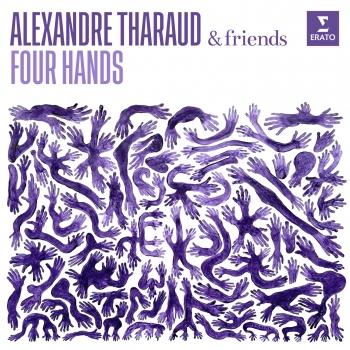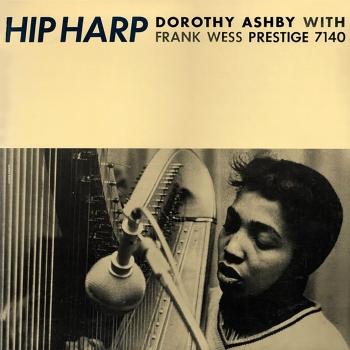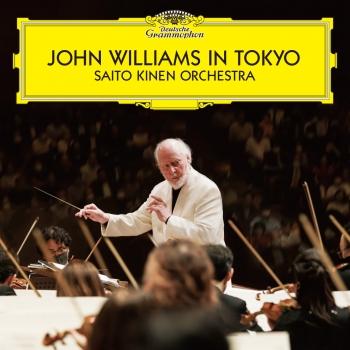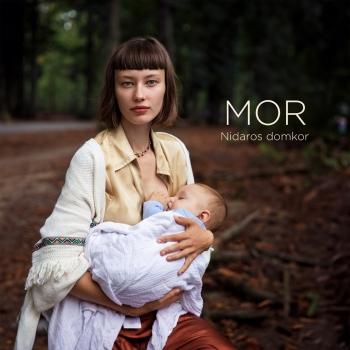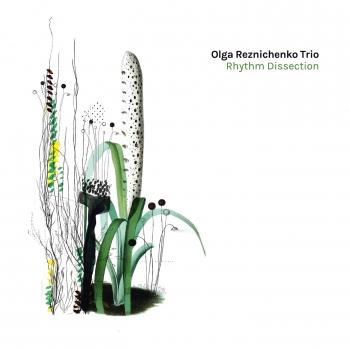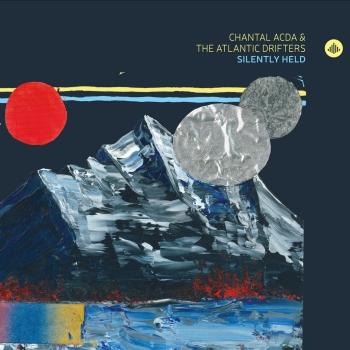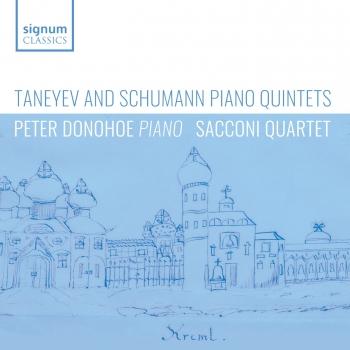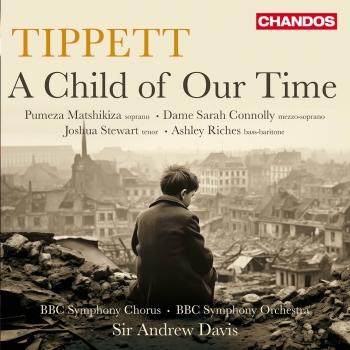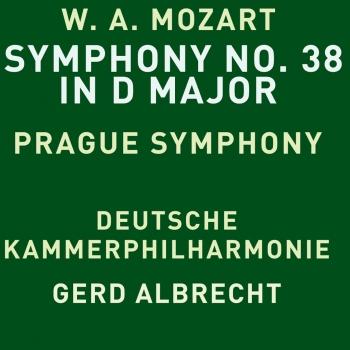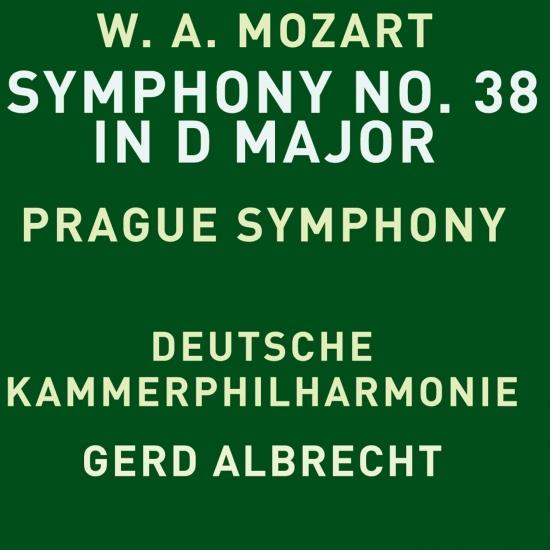
Mozart: Symphony No. 38 in D Major, K. 504 "Prague" (Remastered) Deutsche Kammerphilharmonie & Gerd Albrecht
Album info
Album-Release:
1991
HRA-Release:
28.07.2023
Label: EuroArts Music International
Genre: Classical
Subgenre: Orchestral
Artist: Deutsche Kammerphilharmonie & Gerd Albrecht
Composer: Wolfgang Amadeus Mozart (1756-1791)
Album including Album cover
I`m sorry!
Dear HIGHRESAUDIO Visitor,
due to territorial constraints and also different releases dates in each country you currently can`t purchase this album. We are updating our release dates twice a week. So, please feel free to check from time-to-time, if the album is available for your country.
We suggest, that you bookmark the album and use our Short List function.
Thank you for your understanding and patience.
Yours sincerely, HIGHRESAUDIO
- Wolfgang Amadeus Mozart (1756 - 1791): Symphony No. 38 in D Major, K. 504 "Prague":
- 1Mozart: Symphony No. 38 in D Major, K. 504 "Prague": I. Adagio – Allegro09:18
- 2Mozart: Symphony No. 38 in D Major, K. 504 "Prague": II. Andante08:02
- 3Mozart: Symphony No. 38 in D Major, K. 504 "Prague": III. Presto07:24
Info for Mozart: Symphony No. 38 in D Major, K. 504 "Prague" (Remastered)
Mozart was all the rage in Prague at the end of 1786. His latest opera, The Marriage of Figaro, had thrilled music lovers there and won rave reviews: "No piece (so everyone here asserts) has ever caused such a sensation as the Italian opera The Marriage of Figaro, which has already been given several times here to boundless applause," reported the city's Oberpostamtszeitung. Rumors began to circulate that Mozart himself would come to the city to give concerts and maybe even lead a performance of his hit opera. He did both in a visit that was among the most satisfying and successful of his career.
Mozart traveled to Prague in style, with a retinue that included his wife Constanze, several fellow musicians, a servant, and even his dog Gauckerl. The Mozarts stayed in the palace of Count Franz Joseph Thun, a patron whose relationship with the composer dated back to his Salzburg days. (It was for a concert at Thun's other palace, in Linz, that Mozart had composed his Symphony No. 36.) Mozart et al. enjoyed sumptuous meals, extravagant musical entertainments, and lavish balls and parties. The composer was especially excited about one party "where the cream of the beauties of Prague is wont to gather." At another, he was bowled over by the impression his Figaro had made: "I neither danced nor flirted," he wrote, "the former because I was too tired, and the latter owing to my natural bashfulness. I looked on, however, with the greatest pleasure while all these people flew about in sheer delight to the music of my Figaro, arranged as quadrilles and waltzes. For here they talk about nothing but Figaro. Nothing is played, sung, or whistled but Figaro. No opera is drawing like Figaro. Nothing, nothing but Figaro. Certainly a great honor for me!"
The visit culminated in two public appearances by Mozart, leading a concert at the National Theater on January 19, 1787, and a performance of Figaro there three days later. Mozart's early biographer Franz Niemetschek remembered the concert, which he had attended: "We did not, in fact, know what to admire most, whether the extraordinary compositions or his extraordinary playing; together they made such an overwhelming impression on us that we felt we had been bewitched." One of those extraordinary compositions was the "Prague" Symphony, which was receiving its first performance.
Mozart had brought the symphony with him from Vienna - the manuscript is dated December 6, 1786 - and it reflects his symphonic style at its most sophisticated. He had composed a full-blown, four-movement symphony three years earlier - the aforementioned "Linz" - but this time around, he omitted the minuet, which actually strengthens the symphony's dramatic argument. The extra musical heft is almost immediately apparent, with the abrupt move into the minor mode during the symphony's slow introduction. The ensuing allegro is one of the most complex Mozart ever wrote - unusually, sketches survive showing him working through possible thematic combinations. The andante, whose sonata form layout is another example of the symphony's sophistication, contrasts its inward, lyrical first theme with tenser material prefaced by a series of woodwind chords. The finale covers a remarkable emotional spectrum, something readily apparent in its opening moments, as Mozart calls the celebratory atmosphere into question with a purple patch for winds alone that develops into something almost violent. It is music where darkness lurks just beneath the light, where equivocation calls every seemingly joyous outburst into question.
Deutsche Kammerphilharmonie
Gerd Albrecht, conductor
Digitally remastered
No biography found.
This album contains no booklet.

